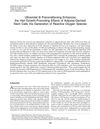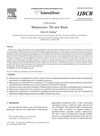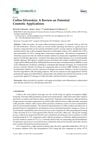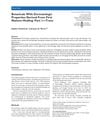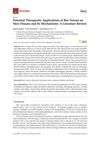Ultraviolet Radiation in Wound Care: Sterilization and Stimulation
July 2013
in “
Advances in wound care
”
ultraviolet radiation UVC radiation UVB radiation MRSA adipocyte-derived stem cells Nox4 ROS generation inflammatory phase cellular proliferation wound contraction re-epithelialization DNA damage carcinogenesis UV radiation UVC UVB methicillin-resistant Staphylococcus aureus stem cells reactive oxygen species inflammation cell growth skin healing skin repair cancer risk
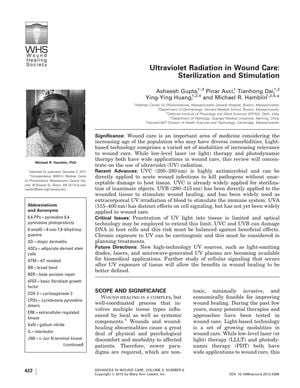
TLDR UV radiation can help sterilize wounds and promote healing but requires careful use to avoid damaging cells.
The document from 2013 reviews the role of ultraviolet (UV) radiation in wound care, particularly focusing on its antimicrobial properties and its ability to stimulate wound healing. UVC radiation is highlighted for its strong antimicrobial effects, capable of killing pathogens in acute wound infections and reducing bacterial burden, including MRSA, without significant damage to host tissue. UVB radiation is noted for its ability to stimulate wound healing and immune responses, as well as enhancing the hair growth-promoting capacity of adipocyte-derived stem cells through Nox4-induced ROS generation. The review also discusses the potential of UV radiation to initiate the inflammatory phase of healing, stimulate cellular proliferation, and promote wound contraction and re-epithelialization. However, the review emphasizes the need for a balance between the beneficial effects and the risks of DNA damage and carcinogenesis. It concludes that while UV radiation has potential in wound care, more animal and clinical studies are needed to optimize UV dose regimens for maximal beneficial effects while minimizing side effects. The number of participants in the clinical studies mentioned is not provided, which limits the ability to assess the strength of these studies.
